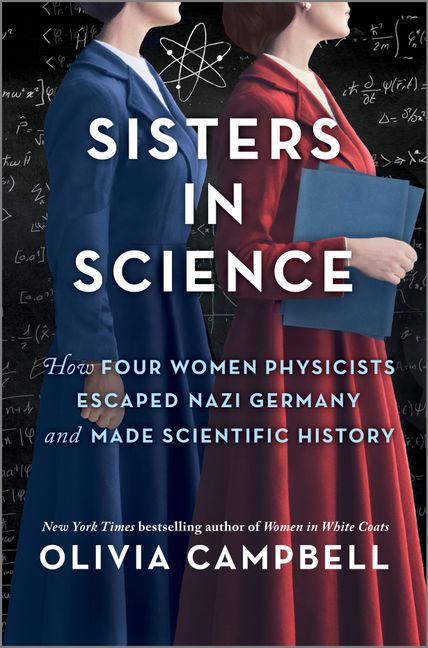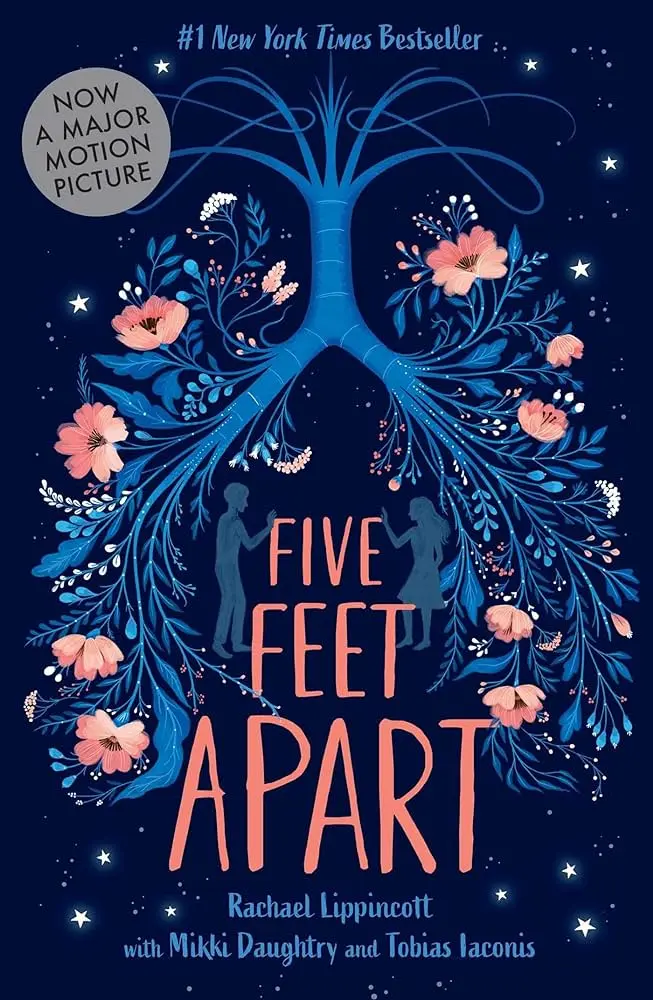I love discovering untold stories of remarkable women, especially in STEM fields! When I first picked up “Sisters in Science” by Olivia Campbell, I was immediately drawn in by the promise of learning about four brilliant female physicists who challenged the status quo in Nazi Germany. I’ll break down exactly my thoughts on it:
1. The Writing Style and Structure Campbell’s writing is thorough and well-researched, though I found myself wishing for a bit more narrative flow at times. The book jumps between the four women’s stories, which occasionally made it tricky to keep track of who was who – especially with three “H” names! I actually started keeping little post-it notes to help me remember each scientist’s key achievements. That said, I appreciate how Campbell doesn’t shy away from the technical aspects of their work while still making the science accessible to general readers.
2. The Historical Context is Chilling Reading about the gradual erosion of rights in 1930s Germany sent shivers down my spine. It reminded me of discussions I’ve had with my history-buff friend Sarah about how societies can change so drastically yet so subtly. Campbell does an excellent job of showing how these women faced a double-edged sword of discrimination – both as Jews (or having anti-Nazi sentiments) and as women in academia.
3. The Personal Journeys Each woman’s story is unique and compelling. I found myself particularly drawn to Lise Meitner’s journey to Sweden and her groundbreaking work in nuclear physics. The way these scientists had to leave everything behind – their homes, families, and research – really hit home for me. As someone who moved across the country for graduate school (though under much less dire circumstances!), I could relate to that feeling of starting over in a new place.
4. The Role of Male Allies One aspect I really appreciated was Campbell’s portrayal of James Franck and other male scientists who supported these women. It’s a reminder that progress often requires allies working together. This wasn’t just a women’s story – it was a human story about standing up for what’s right.
5. The Legacy The book does a fantastic job of showing how these women’s contributions continue to influence physics today. I love how Campbell follows their stories through to the end of their lives, giving us a complete picture of their impact on science and society.
6. The Scientific Detail While some readers might find the physics sections a bit dense, I think Campbell struck a good balance. She explains complex concepts without dumbing them down too much. That said, there were moments where I felt like I was back in my college physics class (not necessarily in a bad way!).
7. The Relevance to Today What struck me most was how many of the challenges these women faced still resonate today. As someone who works in tech, I’ve seen firsthand how women in STEM fields still battle for recognition and equal opportunities. Reading about these pioneers from the 1930s and 40s made me appreciate how far we’ve come – and how far we still have to go.
8. The Documentation Campbell’s research is impressive. The extensive notes and bibliography make this book not just a compelling read but also a valuable resource for anyone interested in the history of science or women’s studies.
9. The Emotional Impact While this is certainly an academic work, it’s also deeply human. The personal sacrifices, the uncertainty of seeking refuge, the triumph of scientific discovery – all these elements combine to create an emotionally resonant narrative.
One minor critique: I occasionally found myself wishing for more personal details about these women’s daily lives. What were their hobbies? What made them laugh? While I understand these details might not be well-documented, such touches would have helped bring these brilliant minds even more vividly to life.
If you’re a fan of books like “Hidden Figures” or “Code Girls,” you’ll definitely want to add “Sisters in Science” to your reading list. It’s particularly relevant for anyone interested in:
- Women’s history
- World War II
- The history of science
- Academic discrimination
- Jewish history
- Physics and chemistry
- Stories of persistence and courage
While not a light read, “Sisters in Science” is an important addition to the growing library of books highlighting women’s contributions to science. It reminds us that brilliant minds come in all forms, and that progress in science – like progress in society – requires us to overcome our prejudices and recognize talent wherever it appears.
Subscribe to our newsletter and get two free novels!



